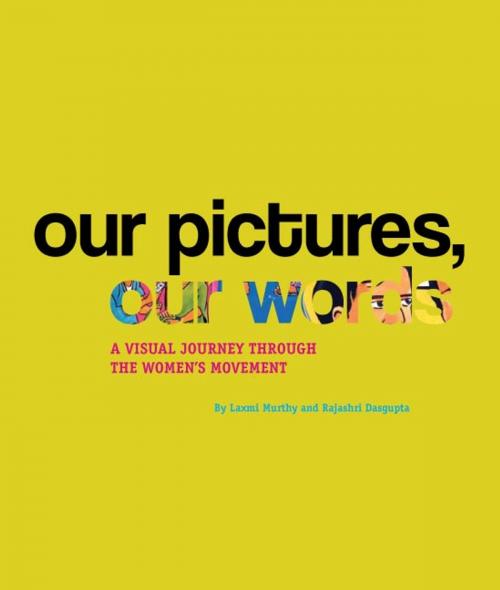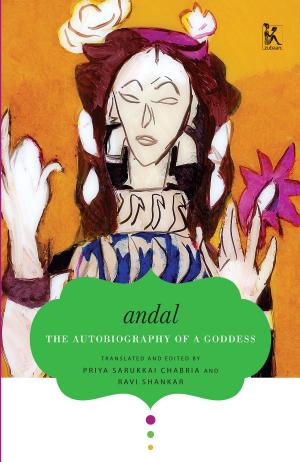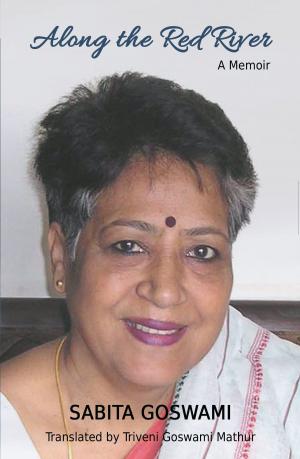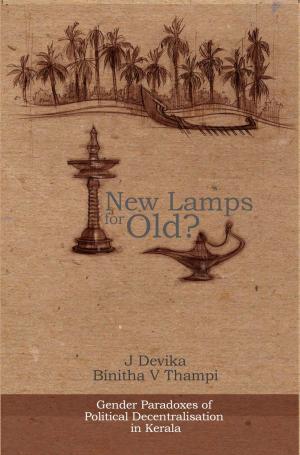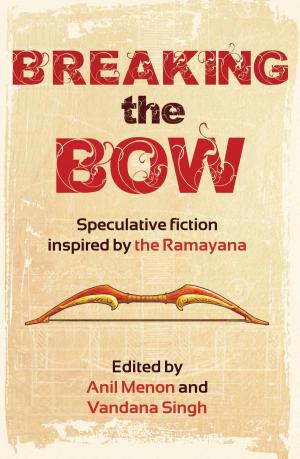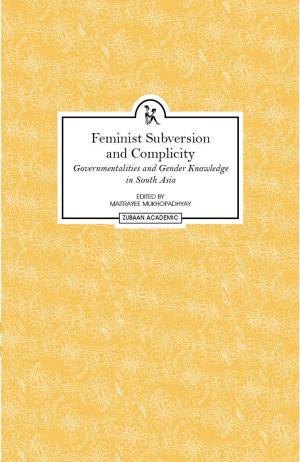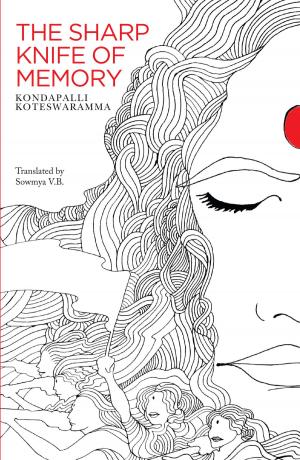Our Pictures, Our Words
A Visual Journey Through the Women's Movement
Nonfiction, History, Asian, India, Social & Cultural Studies, Social Science, Gender Studies, Women&| Author: | Laxmi Murthy, Rajashri Dasgupta | ISBN: | 9789381017494 |
| Publisher: | Zubaan | Publication: | October 14, 2014 |
| Imprint: | Language: | English |
| Author: | Laxmi Murthy, Rajashri Dasgupta |
| ISBN: | 9789381017494 |
| Publisher: | Zubaan |
| Publication: | October 14, 2014 |
| Imprint: | |
| Language: | English |
Vibrant, dynamic, spirited and forceful. The contemporary women’s movement in India, which began in the late 1970s protested against the dark times, the violence and the misogyny. It also colourfully celebrated liberation, solidarity among women and breaking the shackles of patriarchy. It sang, performed and painted, to draw attention to the burning issues of the time: dowry death, widow immolation, acid throwing and rape. Over the past three decades, the women’s movement has matured and broadened to include a gamut of issues related to women’s health, sexuality, the environment, literacy, the impact of religion and communalism on women’s lives, political participation, labour rights, disability rights, class and caste issues, and many more. Indeed, feminism meant looking at the world through women’s eyes. This book constructs a pictorial history of the complex and multi-layered women’s movement through its visual representation: posters, drawings, pamphlets, reports, brochures, stickers, wall-writing and photographs. The posters reproduced here are part of Zubaan’s Poster Women project, which has attempted to locate and archive as many posters of the movement as possible to be able to visually map the women’s movement and its concerns. The Poster Women archive can be accessed at www.posterwomen.org.
Vibrant, dynamic, spirited and forceful. The contemporary women’s movement in India, which began in the late 1970s protested against the dark times, the violence and the misogyny. It also colourfully celebrated liberation, solidarity among women and breaking the shackles of patriarchy. It sang, performed and painted, to draw attention to the burning issues of the time: dowry death, widow immolation, acid throwing and rape. Over the past three decades, the women’s movement has matured and broadened to include a gamut of issues related to women’s health, sexuality, the environment, literacy, the impact of religion and communalism on women’s lives, political participation, labour rights, disability rights, class and caste issues, and many more. Indeed, feminism meant looking at the world through women’s eyes. This book constructs a pictorial history of the complex and multi-layered women’s movement through its visual representation: posters, drawings, pamphlets, reports, brochures, stickers, wall-writing and photographs. The posters reproduced here are part of Zubaan’s Poster Women project, which has attempted to locate and archive as many posters of the movement as possible to be able to visually map the women’s movement and its concerns. The Poster Women archive can be accessed at www.posterwomen.org.
